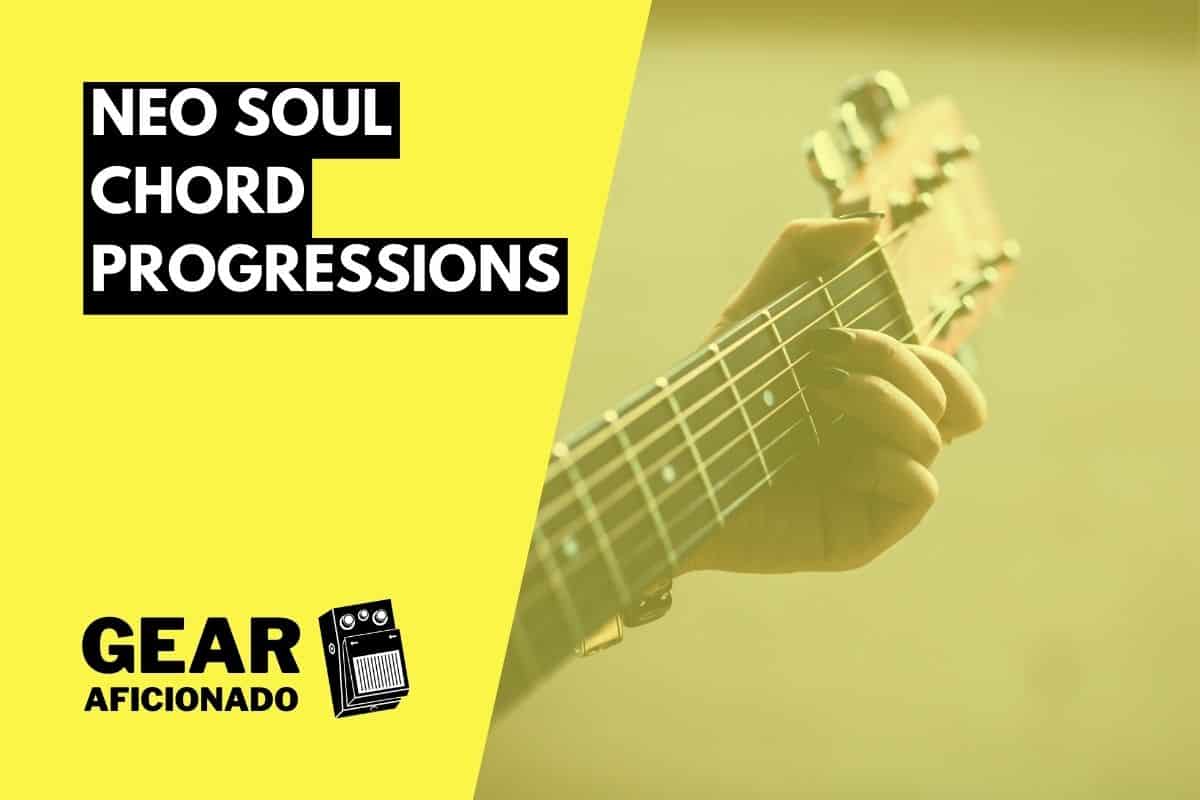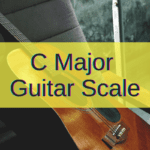R&B has been topping charts for decades under diverse and numerous disguises.
For example, in the ‘90s it fueled the boy and girl band era with high-hitting bands like TLC.
In the ‘00s, singers like Amy Winehouse brought the style back to the centerfold of the stage.
That legacy has turned into a new genre known as Neo-soul.
Nowadays, a plethora of artists, both acclaimed and unknown, are working on their neo-soul, hip-hop, and R&B chops to be the next big star of the genre.
Does that sound familiar to you?
Well, you’re in the right spot because we’re going deep into the chords, extensions, tone, and progressions so you can master this style in no time.
You do the playing; we’ll do the teaching.
Ready? Side that hat, and wear the suspenders; we’re in for a ball.
Entering the Neo-soul Era
We can say that R&B has been the foundation for most Western music that ever made it to the airwaves.
Yes, Rhythm and Blues has influenced countless artists to venture into new sonic territories that range from rock and roll to soul, and pop.
So, what is the Neo-soul era?
Well, Neo-soul is the modern iteration of the musical style we know as R&B.
The term was coined in the late 1990s and it has been used ever since to speak about something we can also call Progressive R&B.
What elements make up this new mix that has been topping charts for the past two decades? Well, the elements that are included in this musical salad come from:
- Funk
- Hip-hop
- Fusion jazz
- Pop
- Electronic music
- Rock
- African music
All these ingredients have broadened the natural vocabulary of this style making it more colorful, complex, and appealing.
For example, while hip-hop brought the syncopated beat to the vocals, fusion jazz provides the complex chords and the extensions.
Furthermore, the catchy melodies and the bigger-than-life vocals come from pop and soul respectively.
Although it’s made of an amalgamation of musical styles, neo-soul is more than the sum of its parts.
It’s a brand-new music genre that works as the heir of R&B and it’s very likely the iteration that will take its influence on into the future.
Some artists you can check out are Erykah Badu, D’Angelo, Maxwell, and Lauryn Hill.
Halfway between Pop and Jazz
While the vocal approach and melodies are clearly in the pop territory, the structure and complexity of the background band are more in the jazz territory.
This means that the chords are no longer triads but are usually complex, fancy, four-note chords such as seventh, ninths, thirteenths, diminished, minor seventh, and more.
These chords give neo-soul or R&B its original and uncanny flavor.
Moreover, they create different layers of texture that can be heard throughout most compositions.
In some songs they are the backbone of dramatic lyrics, in others support grandiloquent female voices, and in most add to the big sound of drums.
So, what you’re about to learn is how to add some jazzy flavors to your pop sensitivity and make some music that can move people as much as it can haunt their senses.
What Kind of Chords Should You Know?
Normal chords don’t do the trick when it comes to playing neo-soul.
Yes, the 3-dimensional quality of the guitar in this musical style is borrowed from jazz.
What’s the one thing everybody knows about jazz? Well, we all know that jazz is a complex musical style that employs a universe of chords.
Well, we’re going to work on some of these variations.
First, as variations of known chords and later with embellishment notes that can be added to give movement and colors to your playing.
Furthermore, all this needs to happen in small chords that make room for that mammoth, groovy bass line.
So, here are the first three chords; we’ll transform the almighty C major into two very cool neo-soul chords.
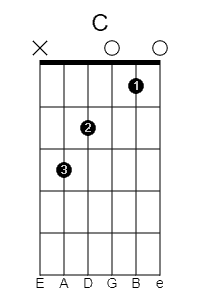
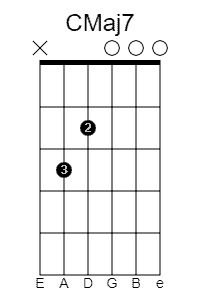
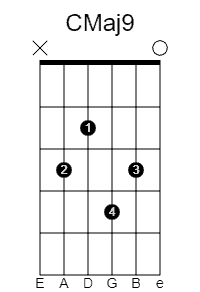
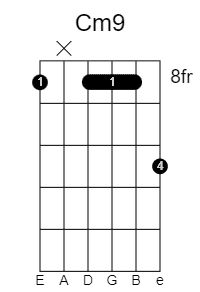
Try playing these chords using an arpeggio that can attenuate the lower notes and emphasize the higher notes.
Remember, using the guitar’s low end might get in the way of the groovy bass riff or the bass synthesizer.
We don’t want that to happen and kill the groove, do we?
How to Embellish These Chords?
Now that you know a couple of variations of chords that can help you give the three-dimensional quality to the guitar sound, it’s time to talk about chord embellishment.
For this, we’re going to touch on two important tools: hammer-ons and pull-offs.
- Hammer-on – To play a hammer-on, what you need to do is play a string and then fret a note. The name implies the movement, you have to use your fretting finger like a hammer over a ringing string.
- Pull-off – A pull-off is the counterweight of a hammer-on. In this case, instead of using your finger as a hammer, you’ll use your finger to pull off a string with the fretting finger and make the sound morph from the note fretted to the second note.
Now that you know these very important techniques, it’s time to put them to use with some chord embellishments.
Let’s try and play some intricate, interesting, three-dimensional chords:
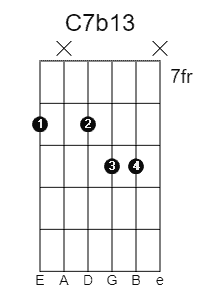
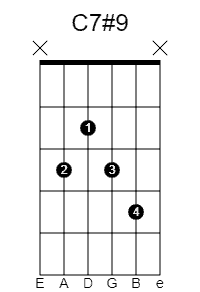
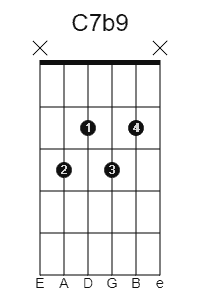
By adding the sharp and flat 9 or the flat 13 to a regular C chord, we get into neo-soul territory automatically.
Let’s put all of this to work with some amazing chord progressions that will engage the cool factor in your playing.
7 Mind-Blowing Neo-soul Chord Progressions
- I – vi – IV – V
- I – V – vi – iii – IV – I
- ii – V – vi – IV
- ii – iv – V
- iii – vi – ii – V
- IV – iv – I
- vi – IV – I – V
Let’s Talk Gear
Before we wrap this up, the instrument you play and the gear that goes with it are also paramount to getting that funky, chill, and wonderfully complex neo-soul sound.
We’re dividing this into three categories:
Suitable Guitars
- Stratocaster – The Stratocaster is the number one instrument for this musical style. Yes, Neil Rodgers, John Mayer, Tom Misch, and the late Amy Winehouse have used and abused Stratocasters to get that edgy yet fancy tone. A great model to try is the American Professional II Stratocaster by Fender with noiseless pickups, butter-like action, and complex electronics.
- Semi-Hollow and Hollow-Body Guitars – We said before that there’s a jazz element to neo-soul. Well, that jazz element carries on in the shape of massive hollow and semi-hollow guitars. For example, guitars like the Epiphone Riviera and Casino, Gibson ES-335, the rise of D’Angelico Guitars (the D’Angelico Excel Mini DC for example), and Guild have been dominating the stages for some time now.
- PRS – It’s no surprise that Mr. John Mayer moved to PRS to have his funk, blues, pop, and rock machine made. Yes, I’m talking about the PRS Silver Sky, a guitar made to play intricate styles with ease. But, beyond the Silver Sky, all the range of PRS guitars, including the Hollow II, and especially the ash-body NF3 are great for playing neo-soul. There’s just something about the 25” scale and the superb playability that make this brand a perfect match for R&B and neo-soul players.
Suitable Amps
Amplifiers for neo-soul players play a big role because they need to deliver clean power at a decent volume without breaking up. Therefore, I’m about to say a bad word to most guitarists and especially the purists out there; the best neo-soul amplifiers, in my opinion, are solid-state amps.
That being said, big tube amps with tons of headroom also add a little to the nuances and natural harmonics of the guitar.
Because of what I said above, these are the amps I recommend for playing neo-soul:
- Roland JC series (anything from 40 to 120)
- Fender Tone Master Deluxe Reverb Amp
- Fender Twin Reverb Amp
- Fender Hot Rod Deville 212
- Vox AC30 C2 212
Some Pedals
Finally, let’s address the items that go between the gleaming neo-soul ax and the almighty amp: pedals. Yes, there are a few stomp boxes that can help you bring your neo-soul tone to a whole new level.
Although they can do a lot for your tone, you should, by no means, abuse them because the style requires a minimalist approach instead of a grandiloquent piling up of unnatural tones.
You can make good use of:
- Reverb
- Compressor
- Tremolo
- Delay
- Chorus
Those effects will get you started and going, just make sure you use them wisely.
The Bottom End
Neo-soul is one of the best-known styles of the 21st century and is here to stay.
Following our tips in terms of equipment and chords and practicing with the seven chord progressions above, you’ll be ready to find your audience and take the express train to stardom.
Happy (sharp 9th) playing!

Hello there, my name is Ramiro and I’ve been playing guitar for almost 20 years. I’m obsessed with everything gear-related and I thought it might be worth sharing it. From guitars, pedals, amps, and synths to studio gear and production tips, I hope you find what I post here useful, and I’ll try my best to keep it entertaining also.

